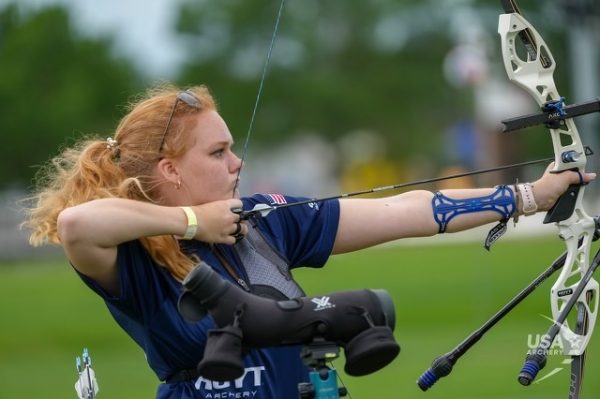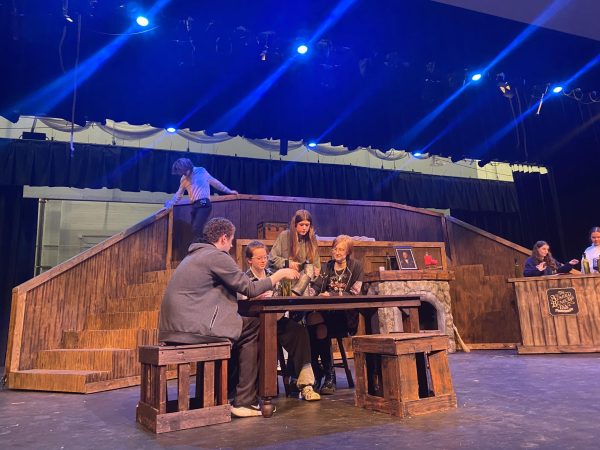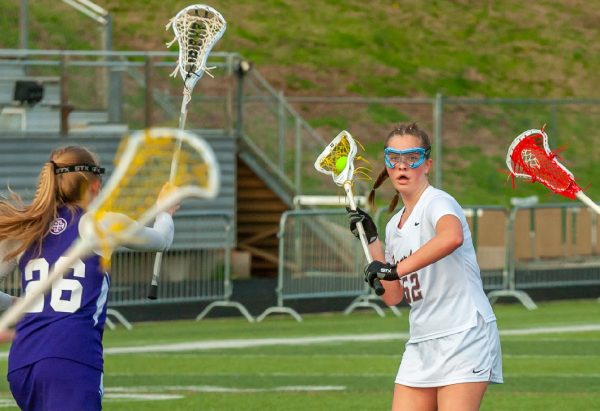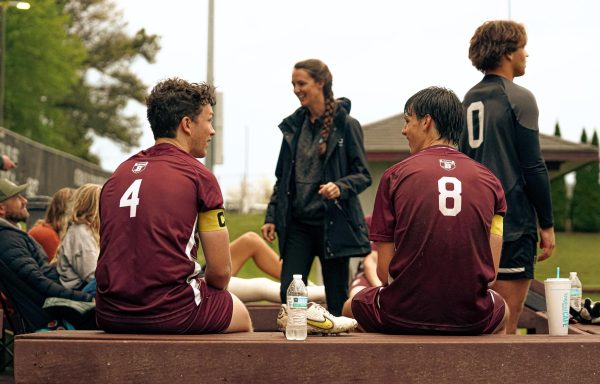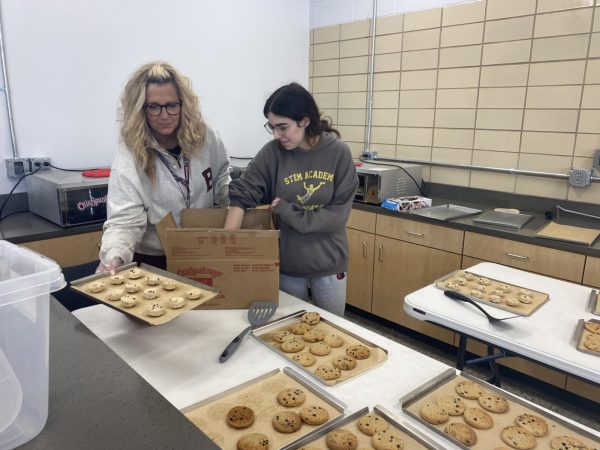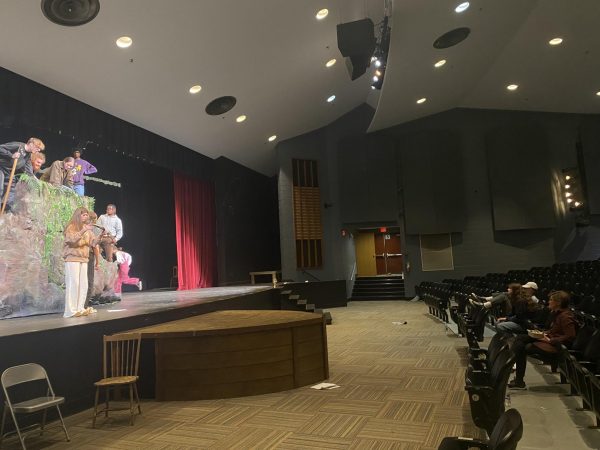Teachers, students reflect on Covid-19’s BHS impact two years after initial school closure
When Bearden students and staff returned from spring break, the federal mask mandate had been lifted.
Over the past two years, nobody in the Bearden community has escaped the impact of the pandemic.
Teachers, students, administrators, and parents have all felt the effects, and the two-year anniversary of Covid-19 shuttering Knox County Schools on March 12, 2020 is a chance for reflection on some of these changes and their lasting impact.
When looking back at the past two years, it seems as though this disruption to normalcy has impacted students in ways that they cannot always understand themselves. But Bearden’s teachers have certainly noticed these changes.
Social studies teacher Mrs. Tammy McKibben, who has primarily sophomore students in her classes, has seen the effects of Covid-19 firsthand. She has witnessed the change in morale and student behavior and has also noticed the ways in which the pandemic has changed her teaching methods.
“Classroom management has been much more difficult,” Mrs. McKibben said. “I became a lot more hands-off.”
Mrs. McKibben taught students in-person, but noticed how her teaching style was altered through the school year. She encouraged students to reach out to her when they needed individual help on an assignment or approach her desk to limit some contact from walking around the room. Education was much more difficult for teachers when contact-tracing was occurring frequently and students were often put into quarantine due to exposure at school.
“I am a hands-on, visual learner,” sophomore Samah Farah said. “With everybody being separated and not doing as many activities, it’s harder for some to pick up the information and takes longer to process.”
Different learning styles have led to self-growth among many students and teachers who had to alter their routines and practices.
These past two years have had lasting effects on the morale and mental health of many students, as they have faced isolation through these crucial developmental years, and have lost their support systems due to the pandemic.
“More students are anxious,” Mrs. McKibben said. “In a way, students are learning to be students all over again. Many of their last years with normal school were in 8th grade.”
Farah was one of many who made the transition from middle to high school during this time. This is an important change for anyone, but the jarring end to the 2019-2020 school year left an air of uncertainty that is just beginning to subside.
“Making friends was difficult during Covid because the teachers limited partner work due to the pandemic,” Farah said. “And everybody has changed.”
At this point of the year in 2020, nobody knew how much their lives would change; in fact, nobody even knew for sure when school would restart and in what form. At first, students welcomed the extended spring break, which soon turned into a long summer. The return to school the next year was a chaotic one for teachers, parents, and students.
Teachers and students had to rediscover how to teach and learn during the 2020-2021 school year. Many virtual classes were asynchronous, which prompted a change in classroom dynamics and inadvertently hampered many teacher-student connections.
Despite many of the negative implications the pandemic has had on student mental health, many have found ways to grow as individuals. Virtual students have learned more self discipline and motivation, and self-growth has been evident. Jannat Bahanni, a junior who was virtual last year, has experienced both changes in her education, but also personal tragedy.
“I was able to become more secure within who I am as a person,” Bahanni said. “I think many [of my peers] experienced that as well.”
The return from (a normal length) spring break this year brought a Covid-19 update – the lifting of the county-wide mask mandate. Many see this as a step toward returning to normalcy and the hope for a somewhat normal rest of the school year after the past two years of uncertainty.
“We just need to figure out as a collective what the new normal is going to be,” Mrs. McKibben said. “I am a lot more optimistic now than I was last year.”

